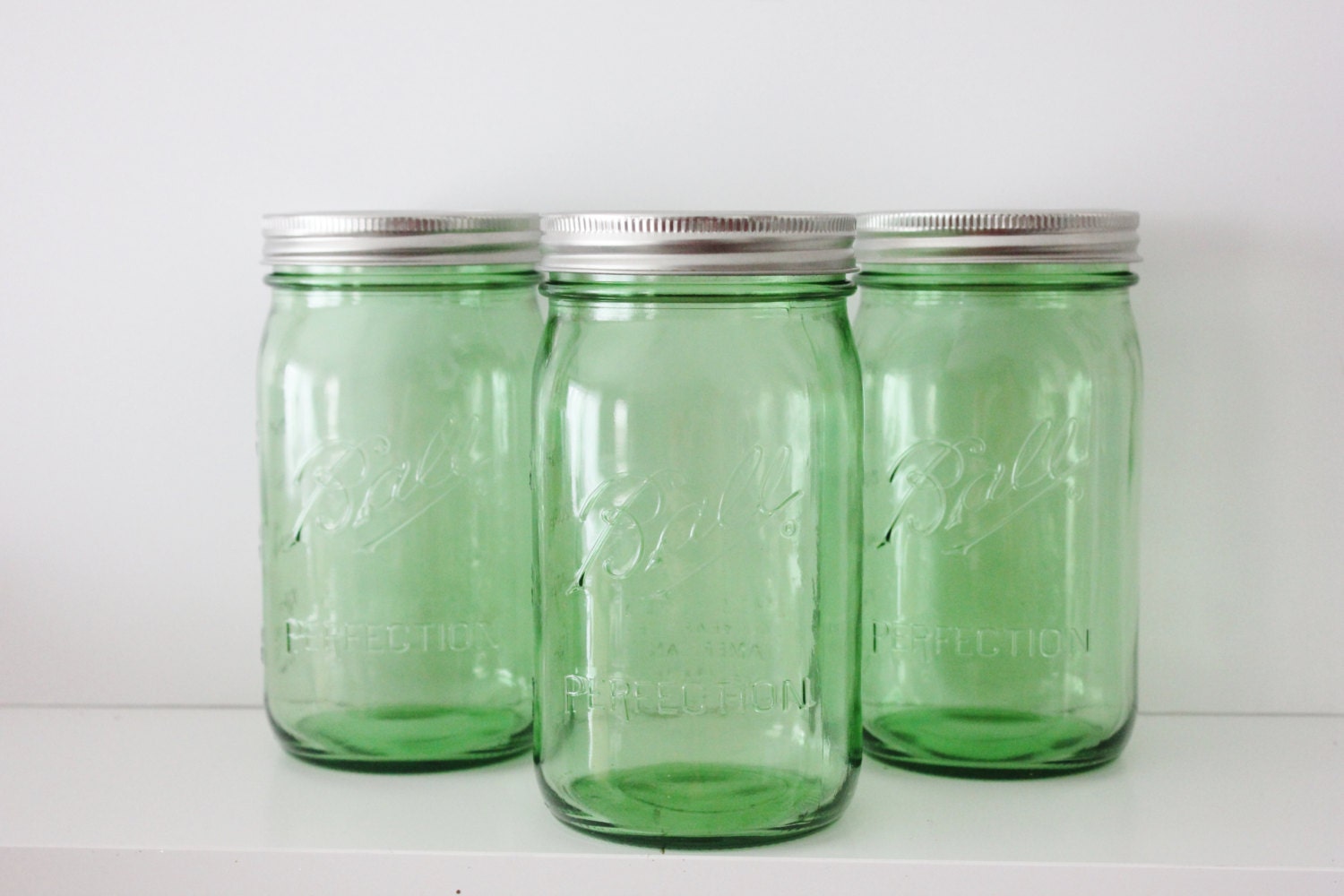

Note: Some jars with shoulders are not suitable for freezing as the necks tend to crack when frozen. Jars with straight edges are easier to scoop from. shouldersĪnd just to keep things interesting, canning jars also come with straight sides, or shoulders (slight indents at the top). The glass may have become brittle over the years. Tip: Save your vintage jars from your grandma for crafting or decorative uses-they aren’t safe for canning food. Wide-mouth jars are also easier to scoop frozen foods from. They’re great for fitting in large pieces of fruits (like peach halves), and whole vegetables. Easy to fill and clean, wide-mouth mason jars are a popular choice. The diameter of wide-mouth canning jars are 3.38 inches (8.6 centimeters) when measured from edge to edge. They’re also good for foods that are finely chopped. Regular-mouth jars are ideal for anything liquid-y, or pourable such as jams, jellies, sauces, salsas, or pie fillings. The diameter of these jars are 2.75 inches (7 centimeters) when measured from edge to edge.

There are also decorative jars that are a bit pricier-save these for special projects or gift-giving. There are two main types of canning jars: If your jar selection is smaller than a pint, follow the processing time given for pints.“ Types of canning jars However, don’t select a larger jar size than the recipe calls for as this will affect processing time and may result in a food safety issue.Īccording to Ball and Kerr, “ If you choose to process the recipe in a jar smaller than a quart but larger than a pint, follow the processing time given for quarts. If you want to use a slightly smaller jar, this should be safe in most cases.

Tip: In most cases, you should select the jar size as recommended by your recipe to ensure proper processing time. You might need to experiment at first to figure out what works best for you! If you’re a family of two, well the situation differs. Other foods like fruits, vegetables, and stews could fit nicely in quarts (32 ounces). Maybe it works to use half pint jars (8 ounces) for jam or jelly, or sauces and butters to avoid spoilage. The question is: how much can your family eat in one or two meals? Jars that are too small are kind of inconvenient (after all, who wants to grab three jars from the pantry instead of one?). Using a jar that’s too large results in food wastage. Sometimes it comes down to your own household size and needs when it comes to selecting a jar size. Tip: While canning jars are a bit of an investment, they’ll last for years if you take good care of them.
32 oz canning jars cracked#
You may also find that the bottom or sides of a jar are scratched or cracked from use (from scraping out mayo, for instance), which can lead to shattering.Ĭommercial glass jars are NEVER safe to use in a pressure canner-they will shatter. They’re thinner and more prone to breakage than mason jar glass, so know the potential limitations before filling them with your bounty. The National Center for Home Food Preservation says that commercial glass jars (say, from store-bought jams or mayonnaise) might be okay to use with acidic foods processed in a water IF you use a new two-piece lid that fits.īut typically, commercial jars are not quite suitable for canning purposes. What jars are safe to use for canning? It’s best to stick with glass mason jars that are designed to withstand heat and pressure during processing.īut we know there’s always a frugal or thrifty person in the crowd who’s wondering…can you reuse glass jars from store-bought foods?


 0 kommentar(er)
0 kommentar(er)
